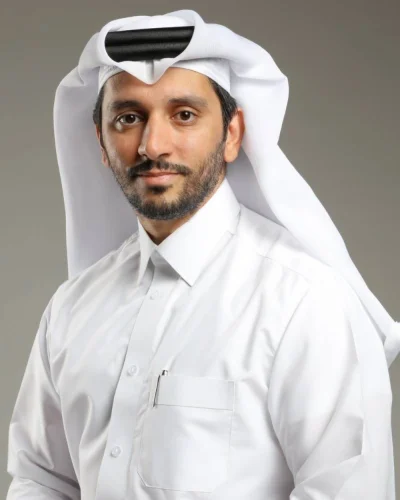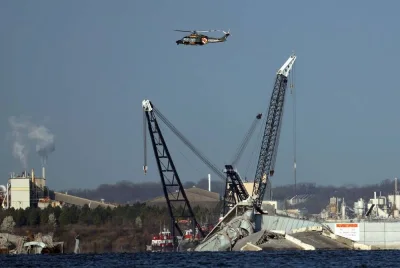Qatar is participating in the celebration of World Health Day, observed on April 7 annually, and the theme this year is ‘My Health, My Right’.Qatar is considered a pioneer in guaranteeing the right to health as the constitution of Qatar has affirmed that the country is concerned with public health and provides means of prevention and treatment of diseases and epidemics by the law.Qatar has established a strong world-class health system that revolves around the importance of universal health coverage for all members of society.HE Dr Hanan Mohammed al-Kuwari, Minister of Public Health, stressed that Qatar has worked to provide high-quality healthcare services to ensure that members of society receive the care they need at the right place and time as emphasised by Qatar's National Vision and health strategies.She added: "Thanks to the wise directives of His Highness the Amir Sheikh Tamim bin Hamad al-Thani, the health system has witnessed great and important developments to meet the health needs of the population, especially in light of the high rates of population growth, while adhering to the best quality standards in healthcare, including the significant expansion of health facilities, and the efficient workforce."“The significant progress in the health system and cooperation with all sectors of the country have also contributed to an efficient response to the world's most prominent health challenge, the Covid-19 pandemic, as Qatar recorded one of the lowest death rates from the pandemic in the world. The development of the health system and its advanced health services have also contributed to the success of many major sporting events and tournaments, most notably the FIFA World Cup Qatar 2022 and the AFC Asian Cup Qatar 2023," noted the minister."Based on the health in all policies approach adopted by the Ministry of Public Health as part of the Second National Health Strategy, joint work has been done between all sectors of the state and society to promote health and equity for all residents, and one of the achievements of adopting this approach is that Qatar has become the first in the world that all its municipalities receive the title of Healthy City from the World Health Organisation. The Healthy City programme supports the health and well-being of the population," she pointed.The minister said that Qatar is also keen to enhance international cooperation and provide health support to middle- and low-income countries. “One of the important initiatives in this regard is that Qatar will treat 1,500 Palestinians from the Gaza Strip in several specific hospitals, as part of the state's efforts to relieve the Palestinian brothers in light of the Israeli aggression they are subjected to," she added.On World Health Day, WHO makes it clear that the right to health cannot be realised unless health services are available, acceptable, and affordable.
Monday, May 20, 2024
|
Daily Newspaper published by GPPC Doha, Qatar.












